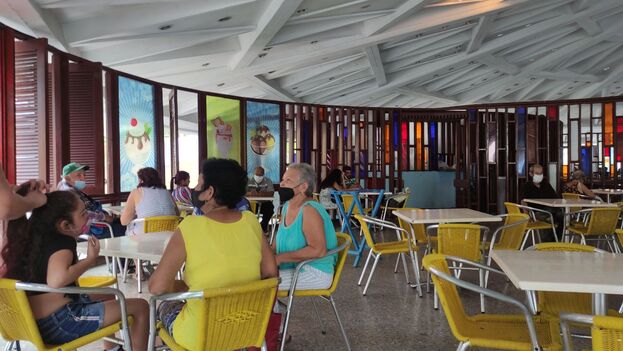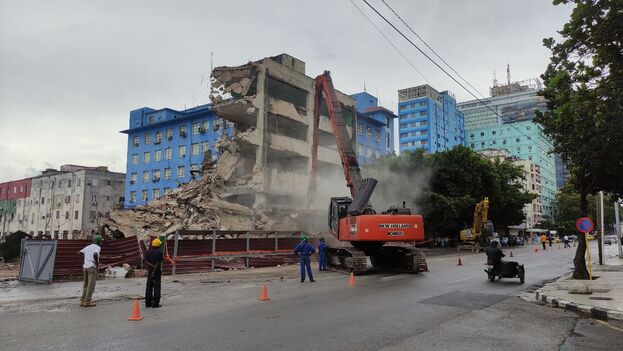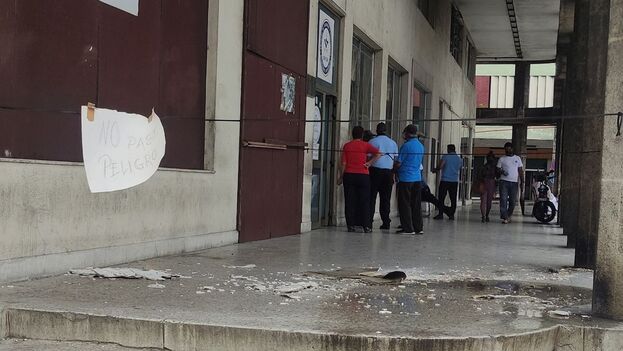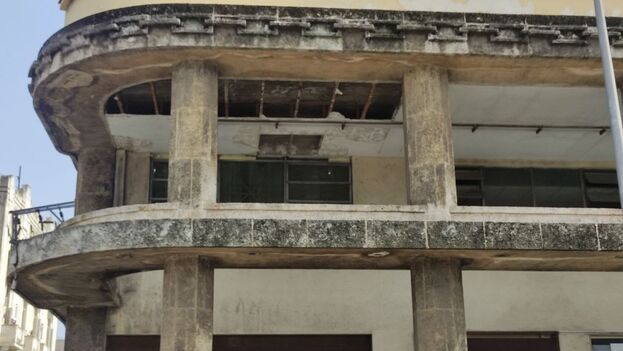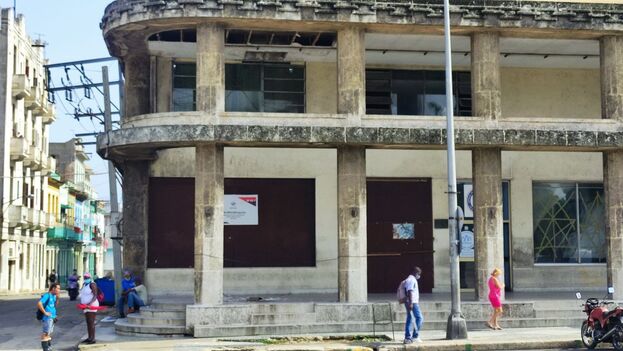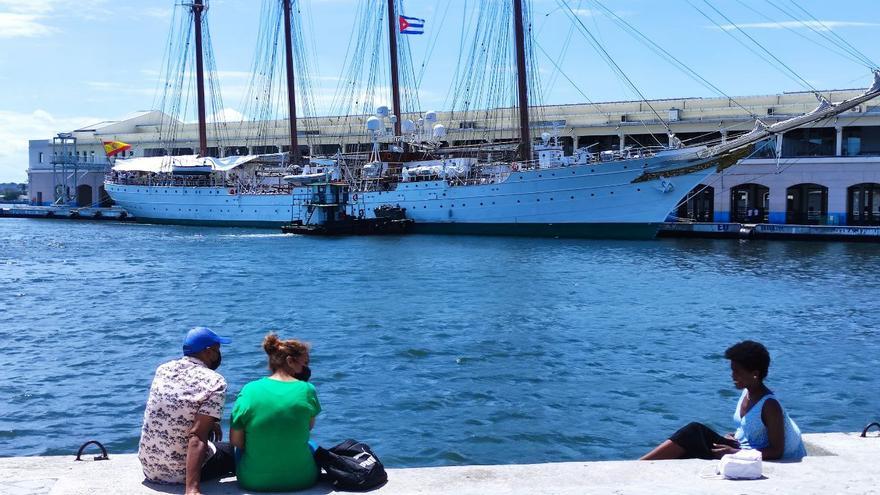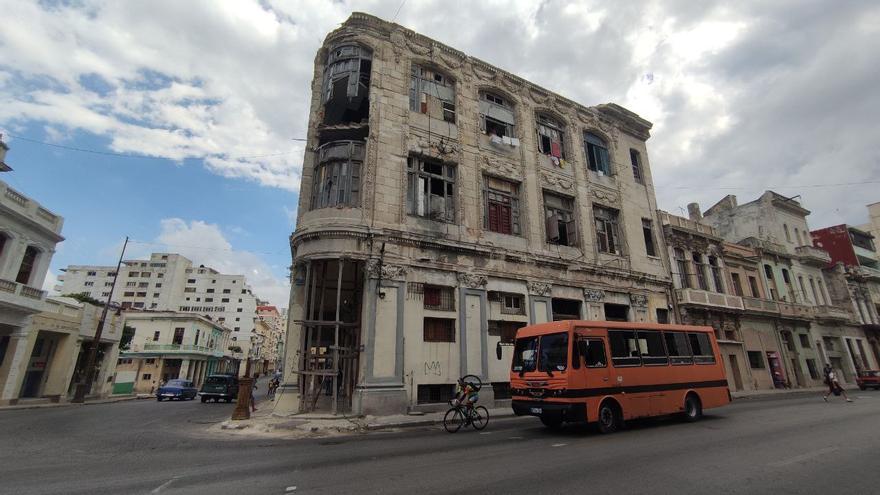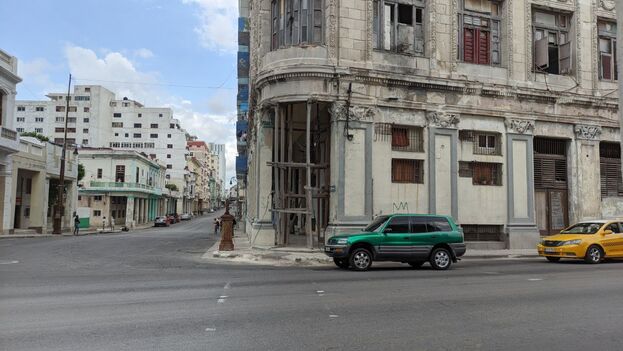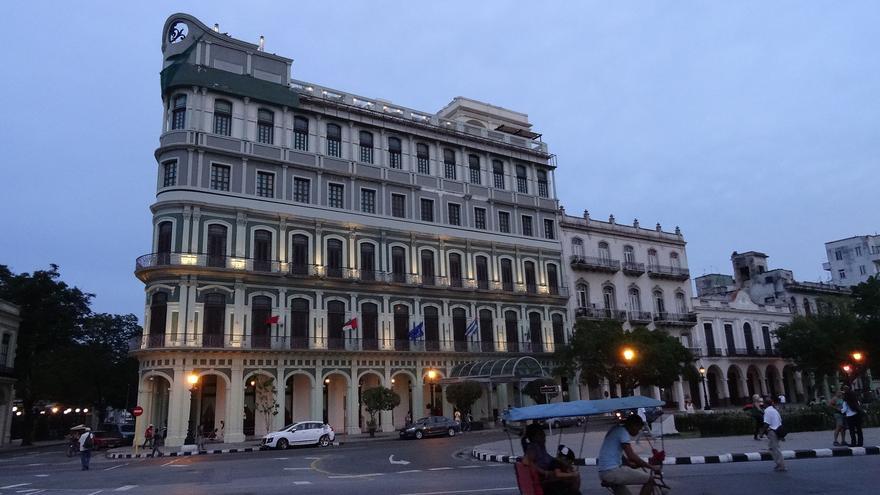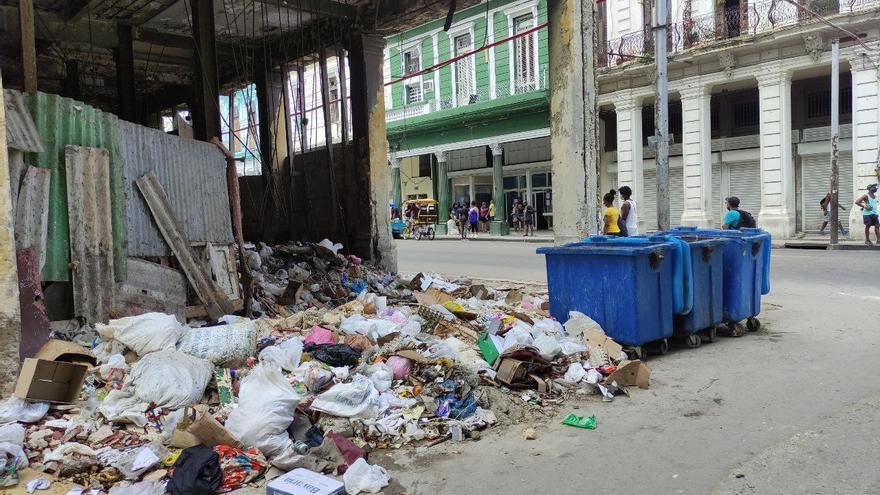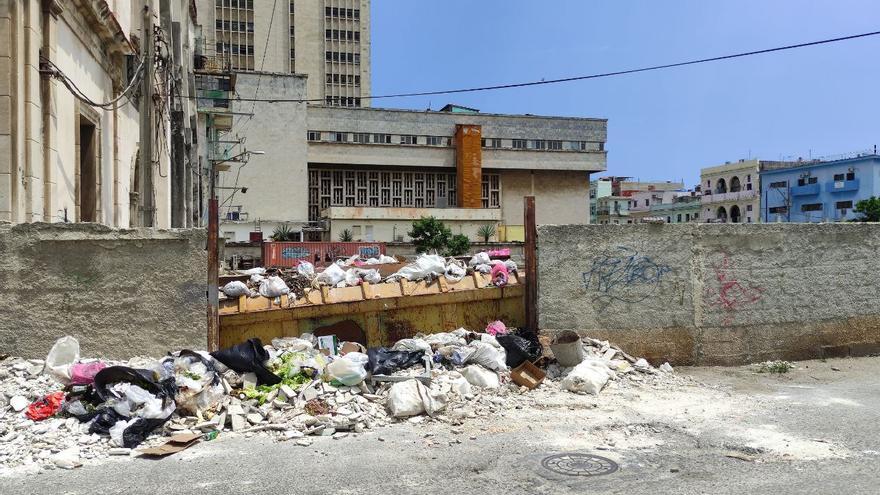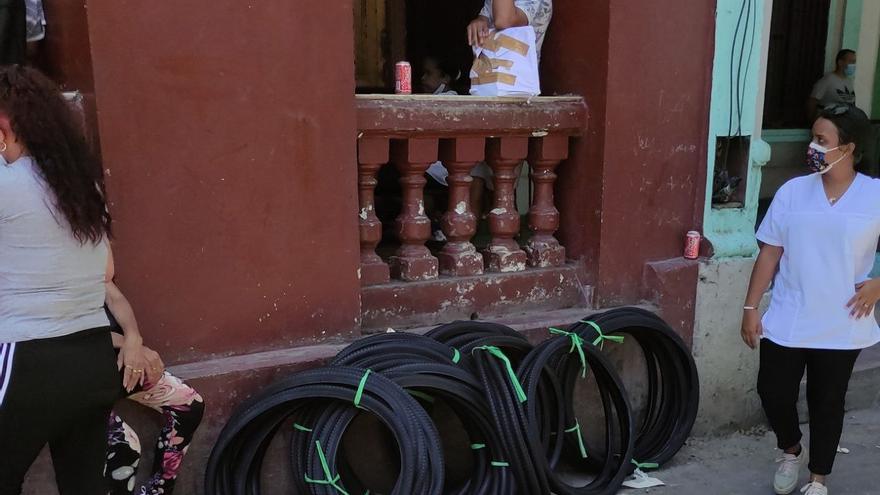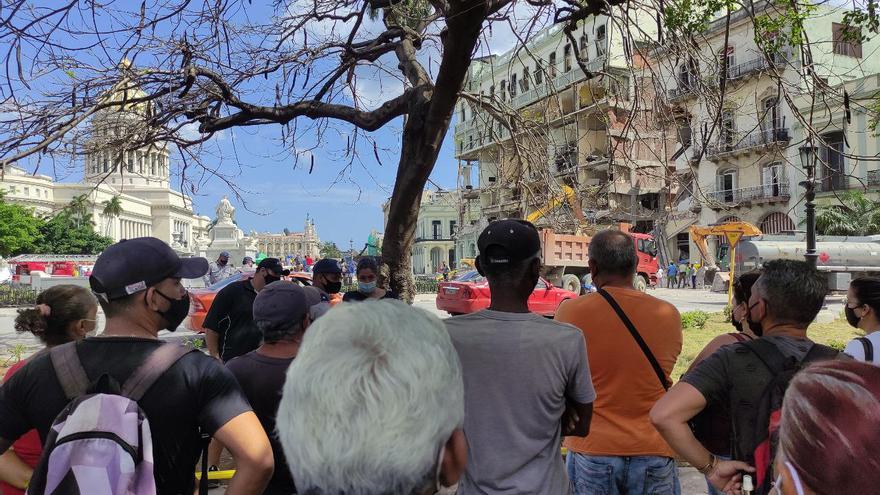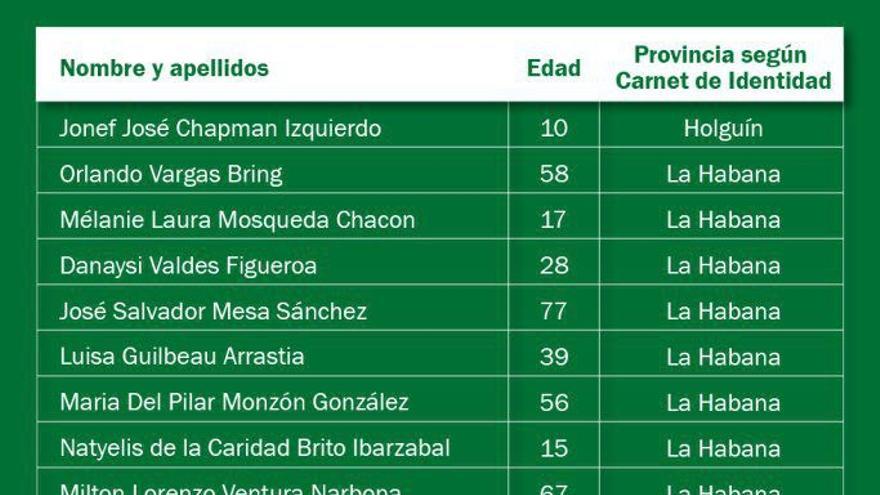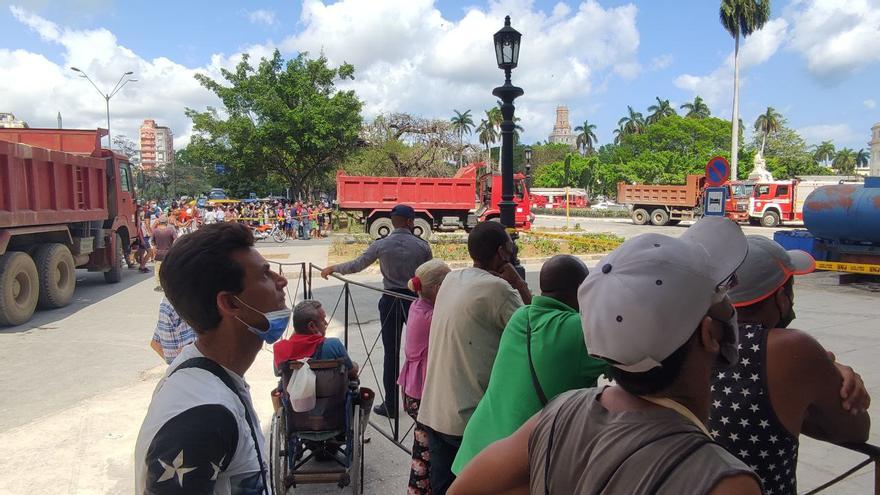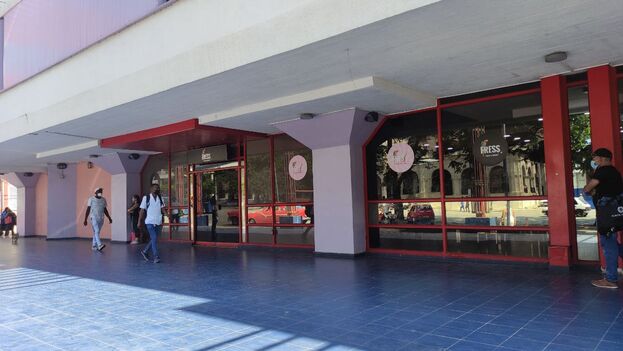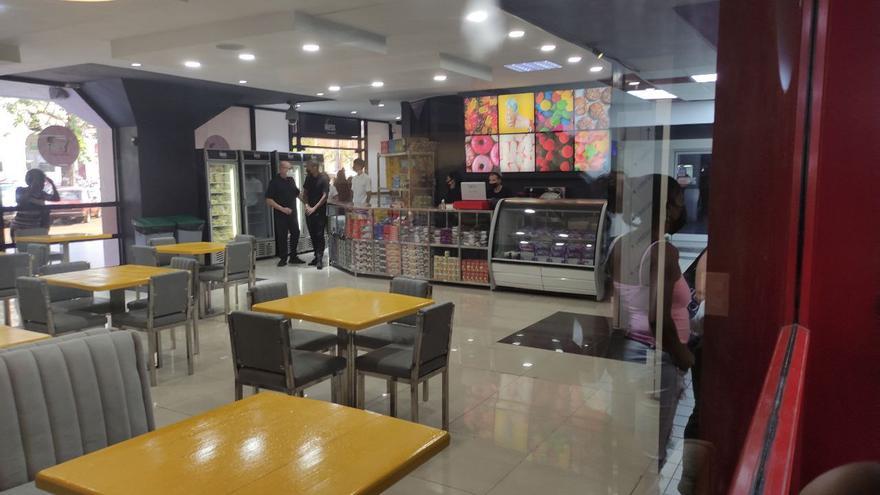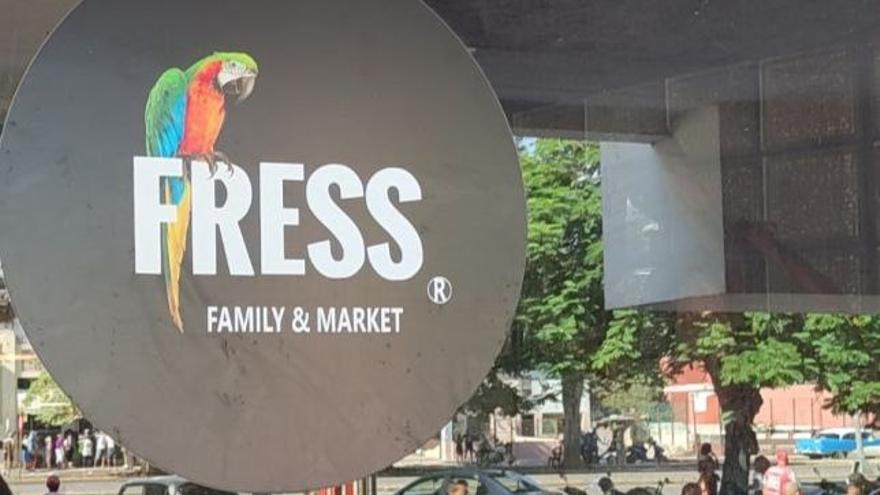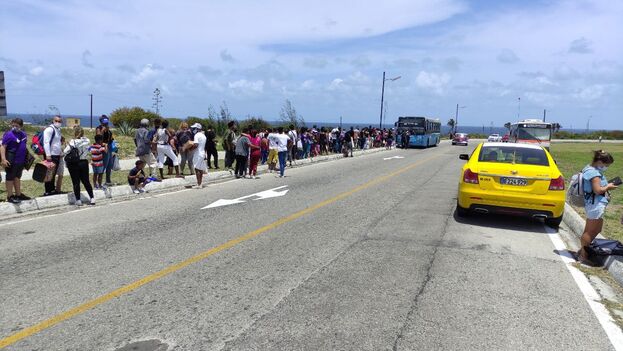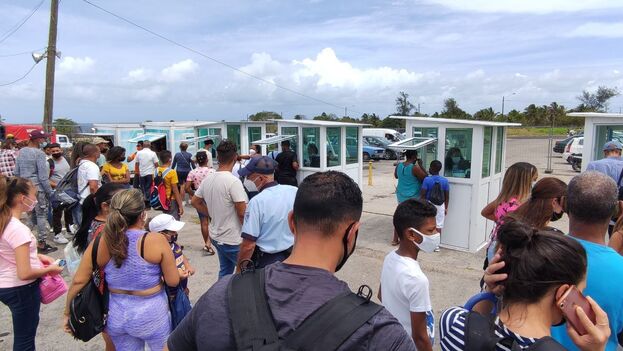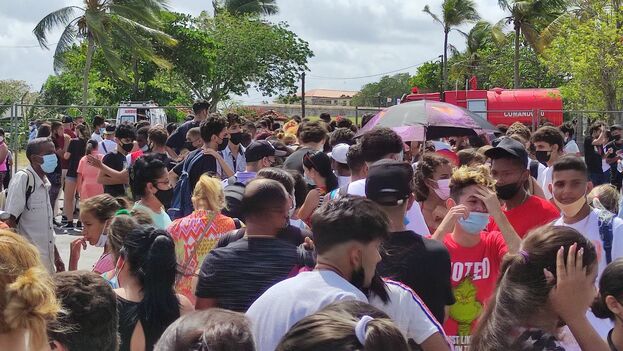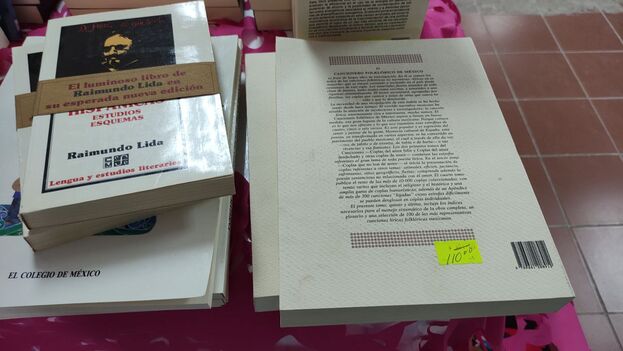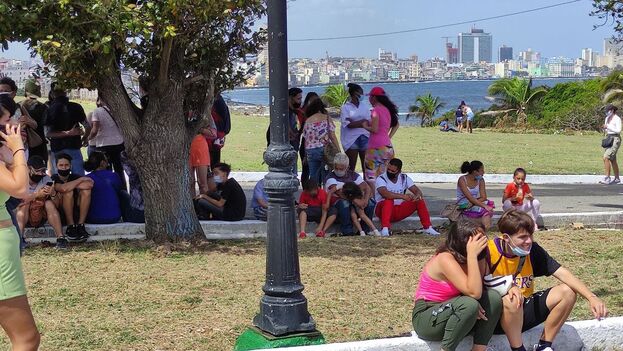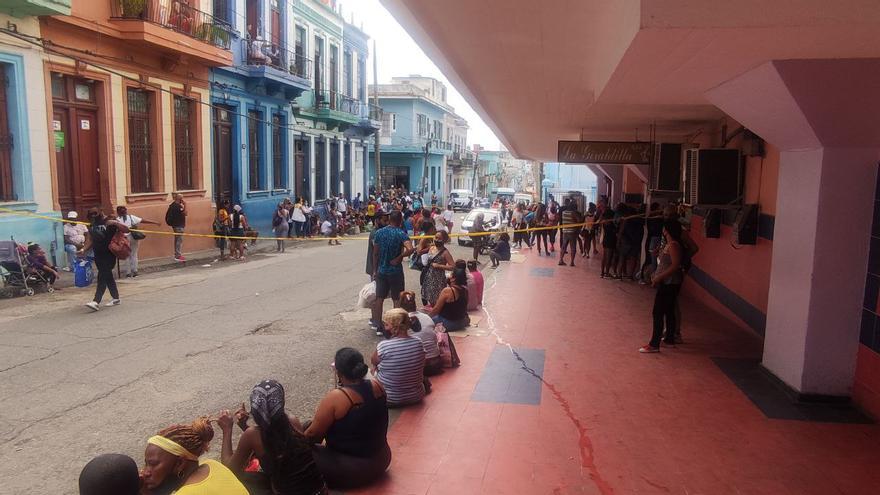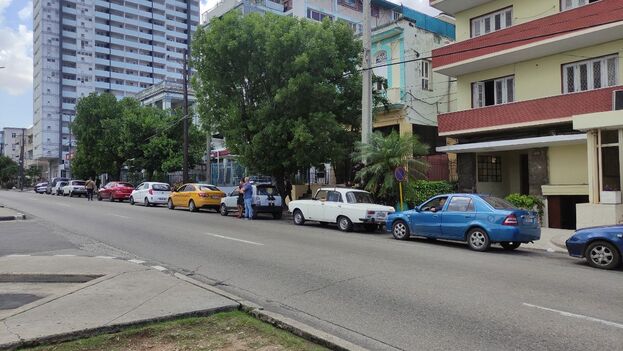
![]() 14ymedio, Juan Diego Rodríguez, Havana, 27 May 2022 — A new fuel crisis looms over the country, judging by the long lines at numerous gas stations that Havana woke up to this Friday.
14ymedio, Juan Diego Rodríguez, Havana, 27 May 2022 — A new fuel crisis looms over the country, judging by the long lines at numerous gas stations that Havana woke up to this Friday.
In the Cupet station at San Rafael and Infanta, a line of vehicles that occupied a block and a half was waiting to be served.
Unlike last March, when due to the increase in demand – according to the government version – Cuba spent almost a week with controlled fuel sales, this time there was no official explanation or posters in the gas stations announcing any measures.
The San Rafael employee informed another guy who entered with a gas can, that these days “we are directed not to fill containers,” only to fill the tanks directly.
“What they don’t want is to create a scandal,” the kid said between his teeth as he left, “don’t you see that the owner of the oil is here?” he said ironically, referring to President Nicolás Maduro. continue reading
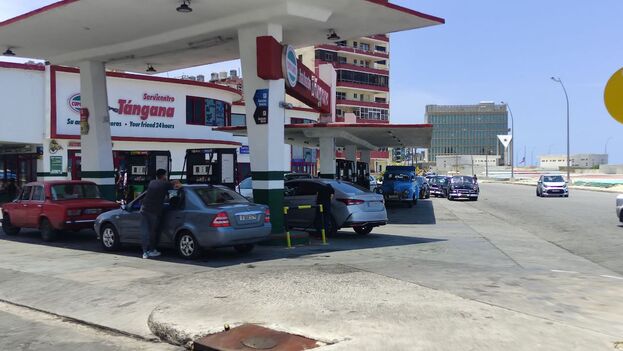
Together with the leaders of the countries of the Bolivarian Alliance for the Peoples of Our America (Alba), the Venezuelan is meeting this very day in Havana at the impromptu Summit called by Miguel Díaz-Canel in response to the United States’ doubts about whether or not to invite the Island to the Summit of the Americas, which will be held in Los Angeles between June 6 and 10.
The line of cars was repeated at the gas station at G and 25th, in El Vedado, normally with a large number of customers, where they only sold regular gasoline and diesel. With conditions. “Yes, there is diesel, but it can only be sold with a letter of authorization, because they are state reserves,” an employee of the establishment explained to a customer who came in to ask.
The line did not reach the dimensions of March, but it did reach 23rd Street. “It is going to be fixed,” expressed a taxi driver. “Because if here they only have the Government’s reserves for diesel, there is no special gasoline and only regular, that means that in other places there is none.”
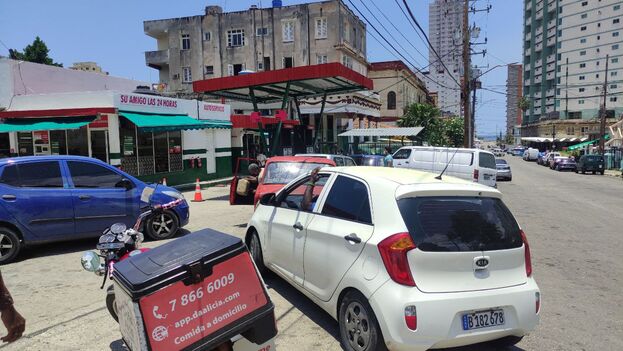
This is what happened in Cupet de Malecón and 23, also in El Vedado. However, a small group of waiting cars was also visible, not resigning themselves to leaving the place despite the fact that there was no fuel for sale.
“Is there regular?” asked a customer, desperate. “I wish there was, at the moment there is nothing,” the employee replied, without giving further explanations.
The largest line, surrounding the entire block, was at the Tángana station, on Malecón and 15, where there was regular and special gasoline.
They only regular was sold at 17th and L, where there was also a respectable row of cars.
The lines at the gas stations were s long as those at the bus stops. Transportation in the capital is beginning to suffer in the face of the imminent and umpteenth new crisis.
____________
COLLABORATE WITH OUR WORK: The 14ymedio team is committed to practicing serious journalism that reflects Cuba’s reality in all its depth. Thank you for joining us on this long journey. We invite you to continue supporting us by becoming a member of 14ymedio now. Together we can continue transforming journalism in Cuba.

